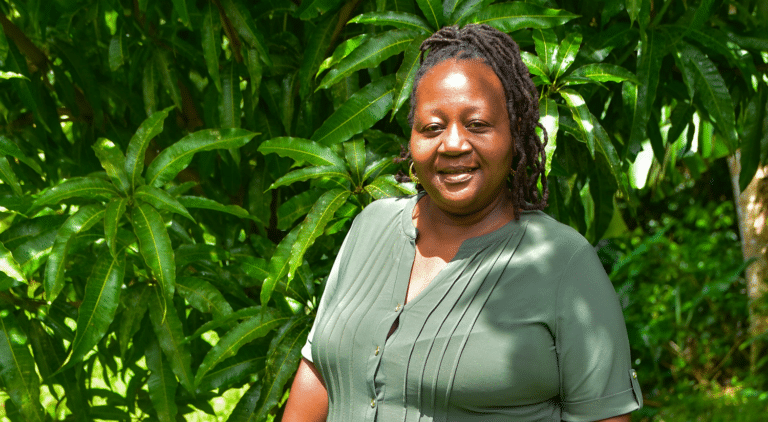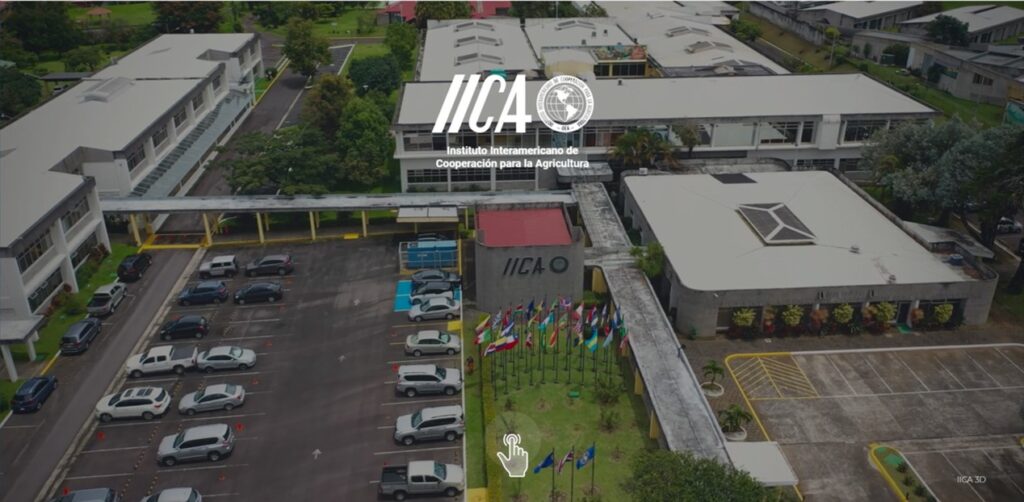Dry conditions or an excess of rain in certain parts of the region could pose risks to livestock and the production of staple grains and sugarcane.

San Jose, May 12, 2015 (IICA). Warm temperatures, an active cyclone season in the Pacific, an intense and lengthy Indian summer, and irregular rainfall are some of the conditions resulting from the El Niño phenomenon that Central America may face and will need to prepare for in order to protect its agricultural production.
That was the recommendation made by agriculture, meteorology and hydrology specialists following their participation at the Central America Climate Forum, during which climate predictions for the region in the 2015 May to July period were presented.
The specialists analyzed the impact climate variability would have on Central American agriculture and proposed follow-up actions to the countries. This dialogue was coordinated by the Executive Secretariat of the Central American Agricultural Council (SECAC), which is managed by the Inter-American Institute for Cooperation on Agriculture (IICA).
According to Manuel Jiménez, specialist at IICA, the situations being forecast pose risks to the production of staple grains, sugarcane and livestock in the greater part of Central America’s ‘dry corridor,’ where drought conditions will prevail.
Jiménez added that irregular rainfall might in turn benefit some activities, since above-normal rainfall would benefit the growth of crops. One such example is the sowing of corn in the Northern and Southwestern Transversal Strip of Guatemala.
The specialists also recommended monitoring crops, using drought-resistant seeds, diversifying production with crops that are less affected by rain shortages, and adjusting sowing calendars to better prepare for early onsets of rain.
Additionally, they recommended doubling efforts in terms of phytosanitary monitoring, plague control and the use of technologies for subsistence agriculture, such as collecting and storing rainwater and carrying out small-scale irrigation.
With regards to livestock, SECAC consultant Nadia Chalabi recommends taking precautions for feeding and providing water to animals, as well as strengthening sanitary monitoring and sowing drought-resistant grass.
With respect to long-term measures, Chalabi added that developing agrosilvopastoral systems and sustainable livestock farming models was essential.
For further information:
manuel.jimenez@iica.int
nadia.chalabi@iica.int











